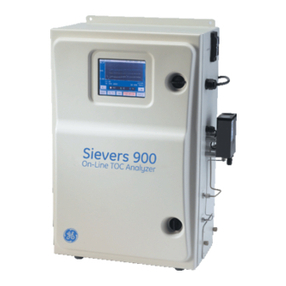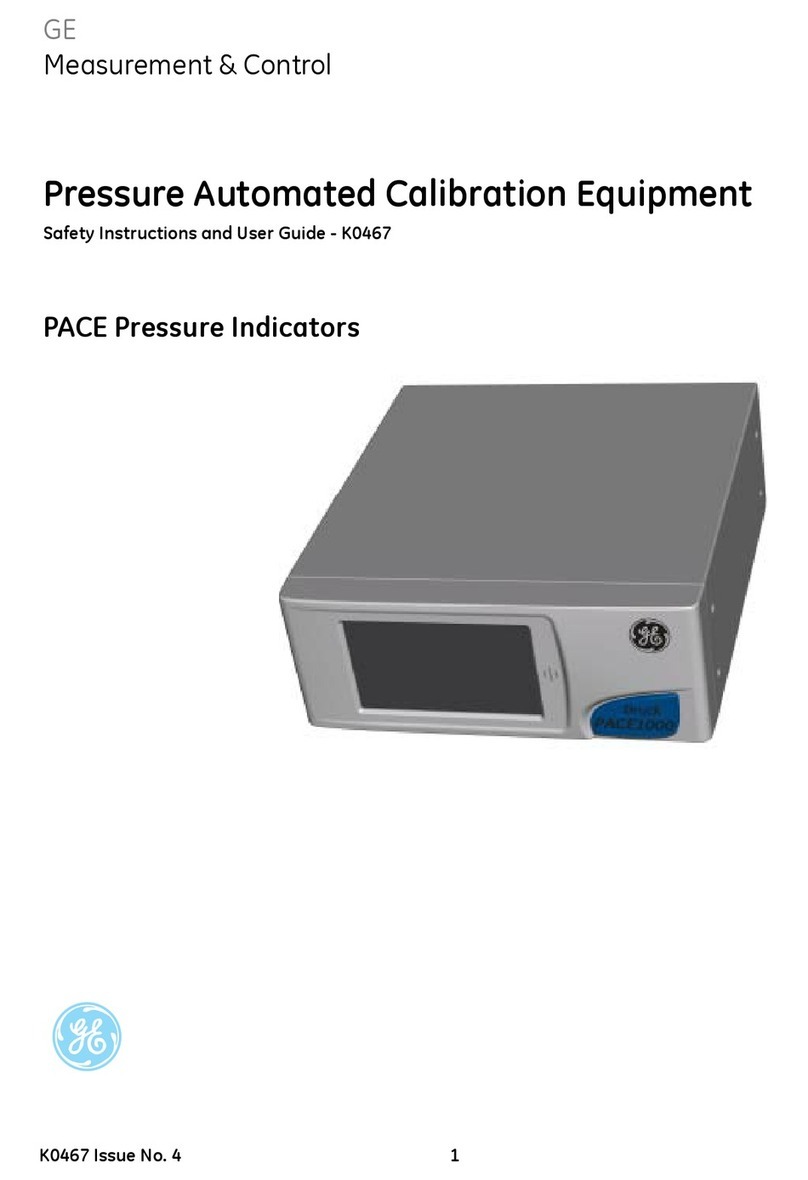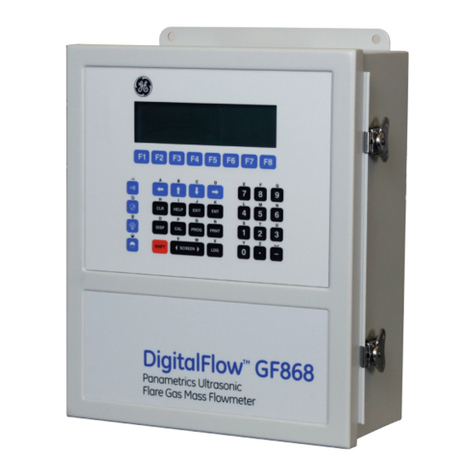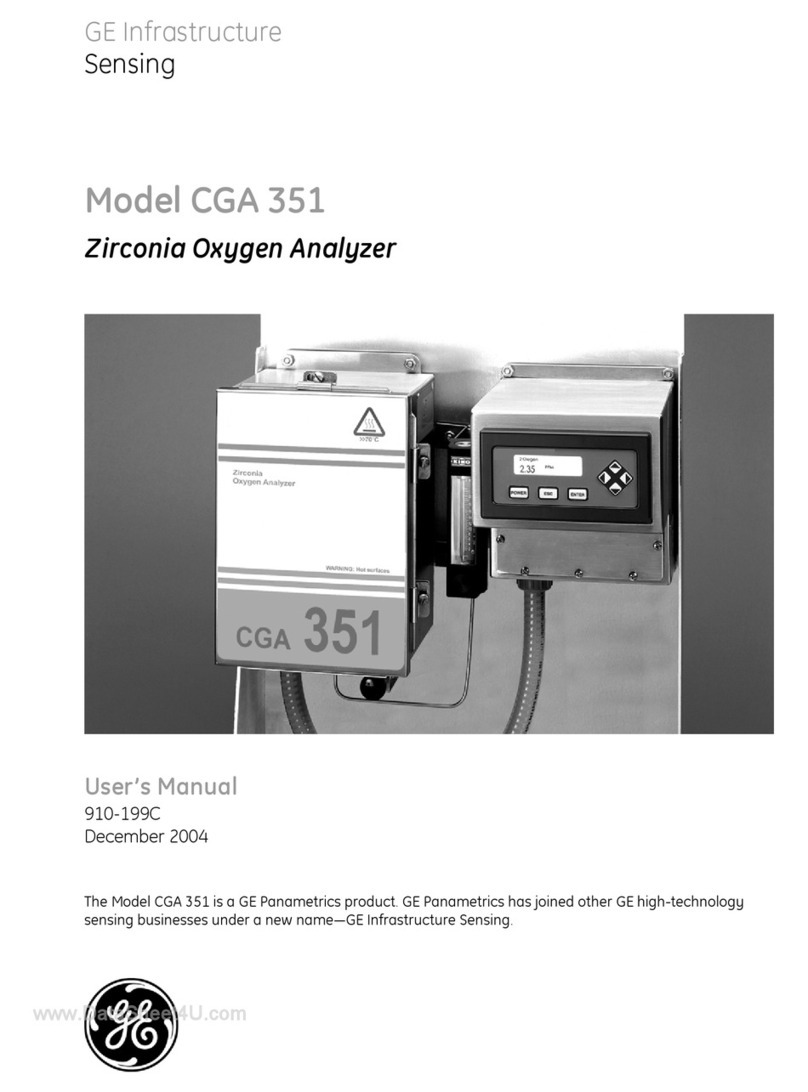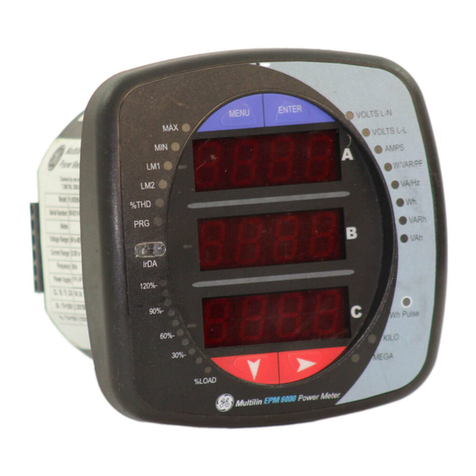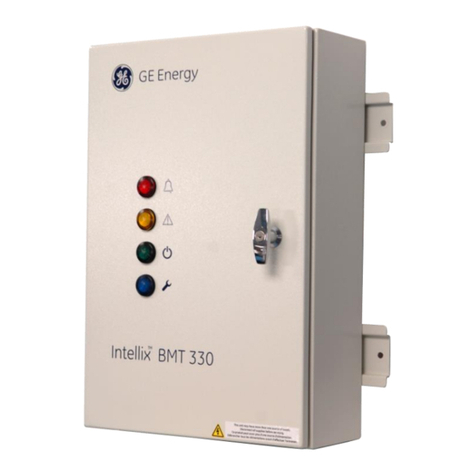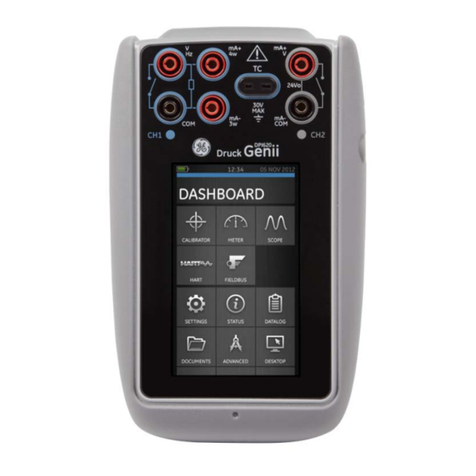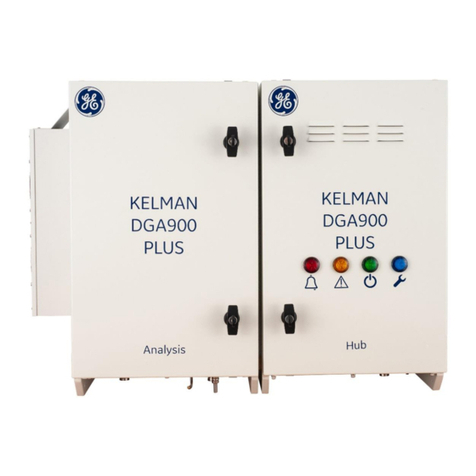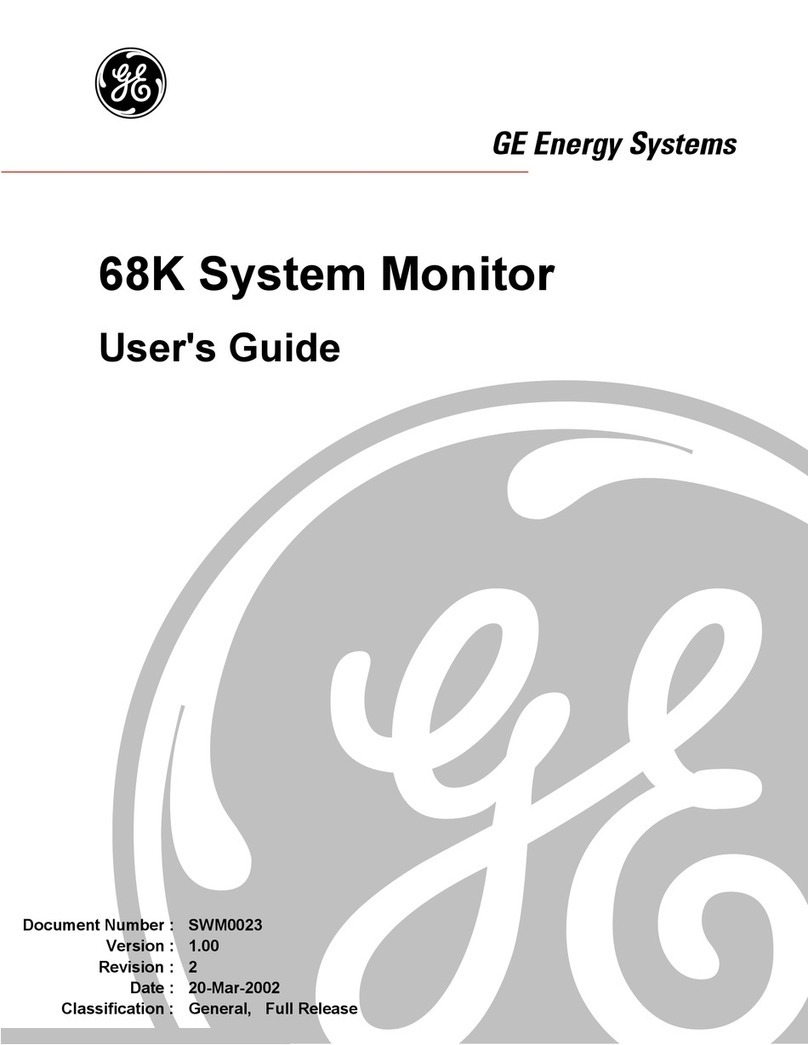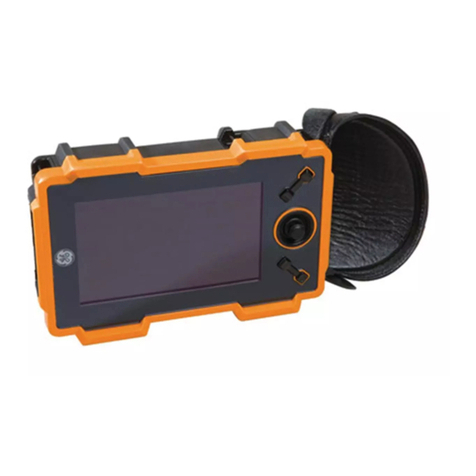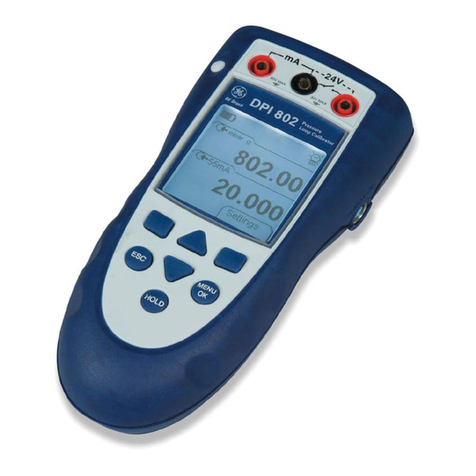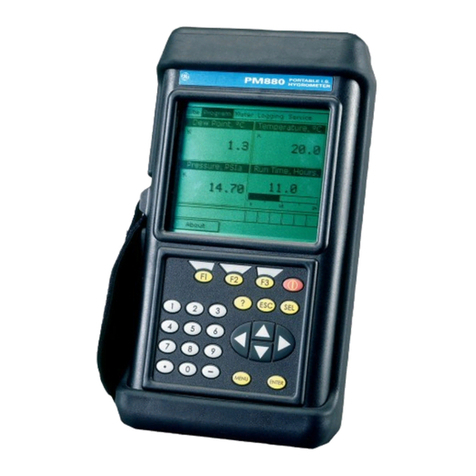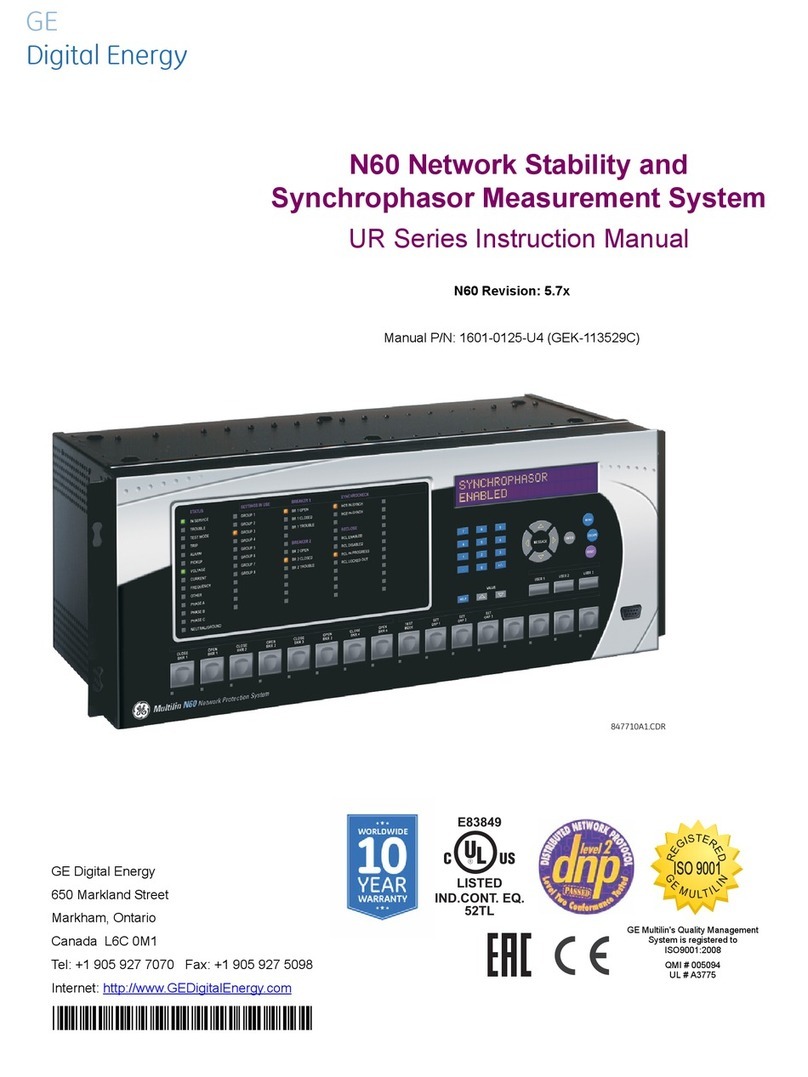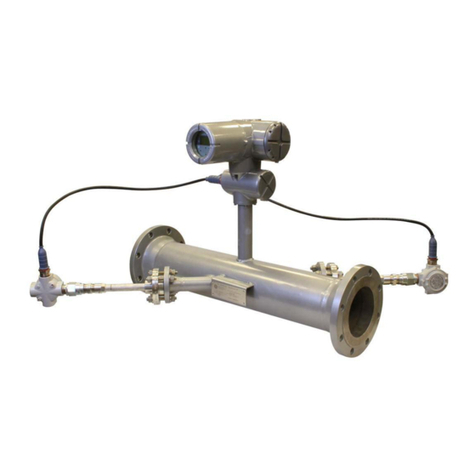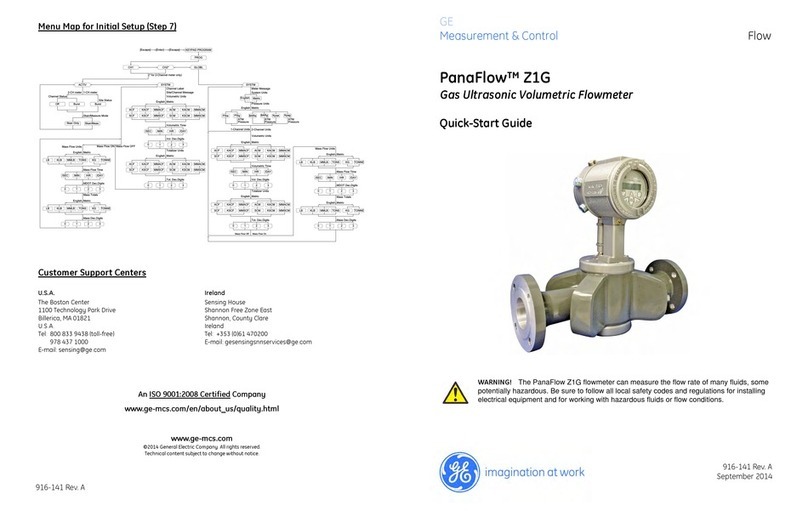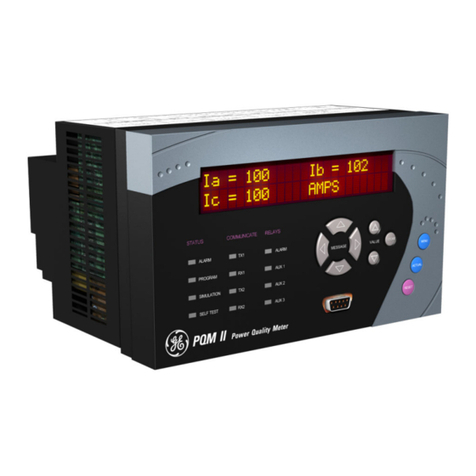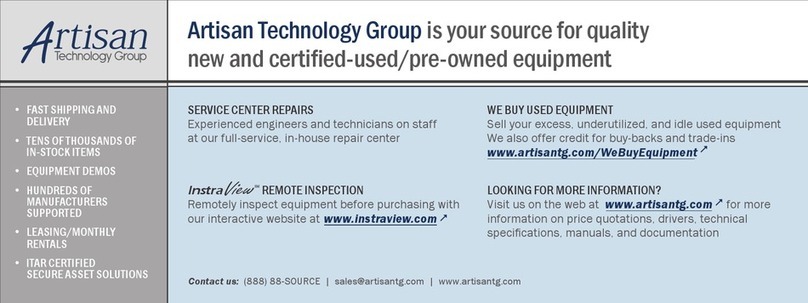
Features and Capabilities 1-1
June 2003
Introduction to the
Moisture Image
Series 1
The GE Panametrics Moisture Image Series 1 is a microprocessor
based multi-channel analyzer designed to measure dissolved moisture
concentration in gases and non-aqueous liquids, and dissolved
oxygen concentration in gases. It is a highly advanced industrial
analyzer which is versatile and adaptable to many applications.
The Series 1 combines the use of hardware and software to make
various measurements. The user connects the needed inputs (moisture
probes, oxygen cells, pressure transducers, etc.) to the back panel of
the electronics unit using several types of cables. Typically, the user
installs moisture probes and oxygen cells into the process using a
sample system that is specifically designed for the application. The
sample system delivers a sample of the process to the probes. The
probes then send a signal to the Series 1 electronics unit, which
interprets the signal and converts it into a measurement.
The complete analyzer, including electronics, cables, and
measurement probes, forms a “system” which is designed to monitor
the process accurately and reliably. The following sections discuss
each part of this “system.”
Electronics Unit The center of the “system” is the electronics unit. The electronics unit
has many components, including terminal blocks for all connections,
an RS232 port, a Liquid Crystal Display (LCD), a keypad, and menu
keys. See Figure 1-1.
The back panel of the electronics unit contains the terminal blocks for
connecting moisture probes, oxygen cells, recorders, and optional
alarms (standard or hermetically sealed) for up to six channels. The
Series 1 also provides connections for two isolated outputs per
channel. Input connections for the M Series, TF Series, Moisture
Image Series and Delta F oxygen sensors are intrinsically safe.
As an optional feature, the Series 1 provides connections for two
auxiliary inputs (not intrinsically safe) on each channel. The auxiliary
inputs can accept signals from any 0/4 to 20-mA or 0 to 2-VDC
device, including other GE Panametrics analyzers.
The RS232 port enables the user to connect a remote terminal,
printer, or computer to the Series 1. Using an optional Personal
Computer (PC) interface software package, the user can also set up
and operate one or more analyzers from a remote location, transfer
data for further analysis, and create data logs.
The front panel of the electronics unit has a Liquid Crystal Display
(LCD) to show data.The LCD is capable of displaying data in a line
graph, or a text matrix format.
